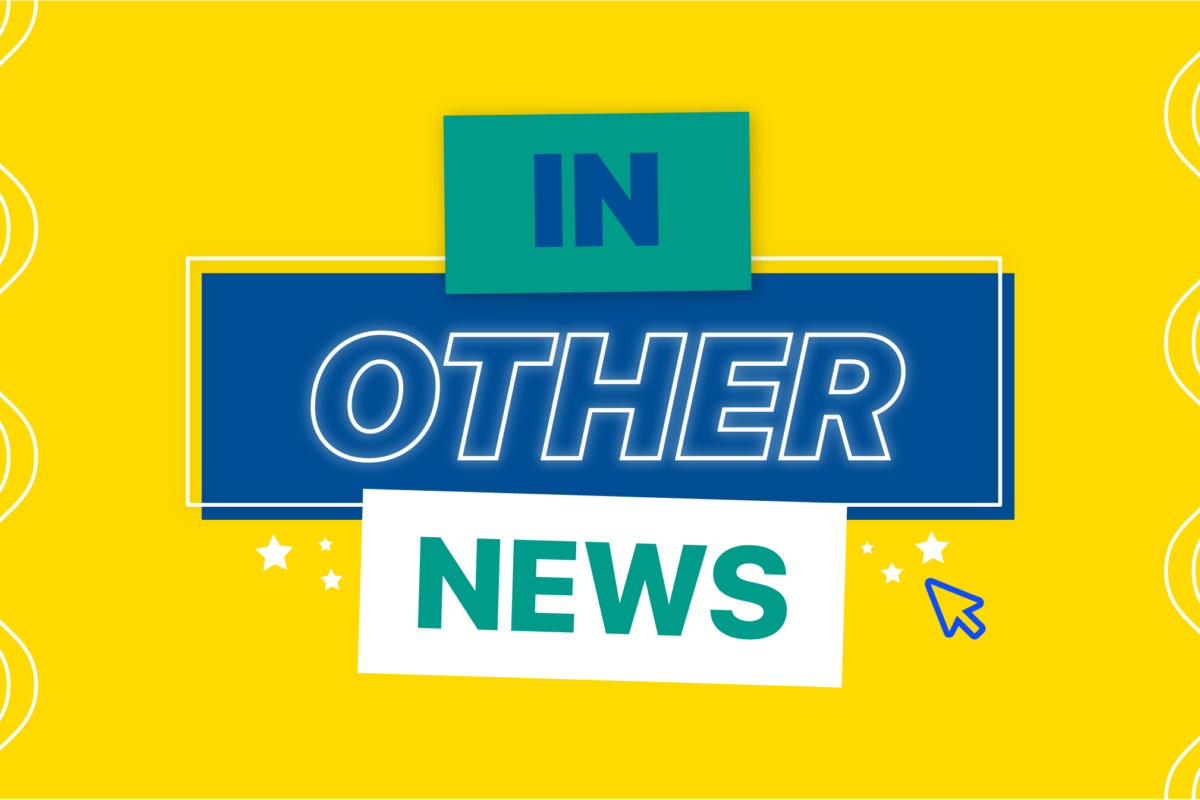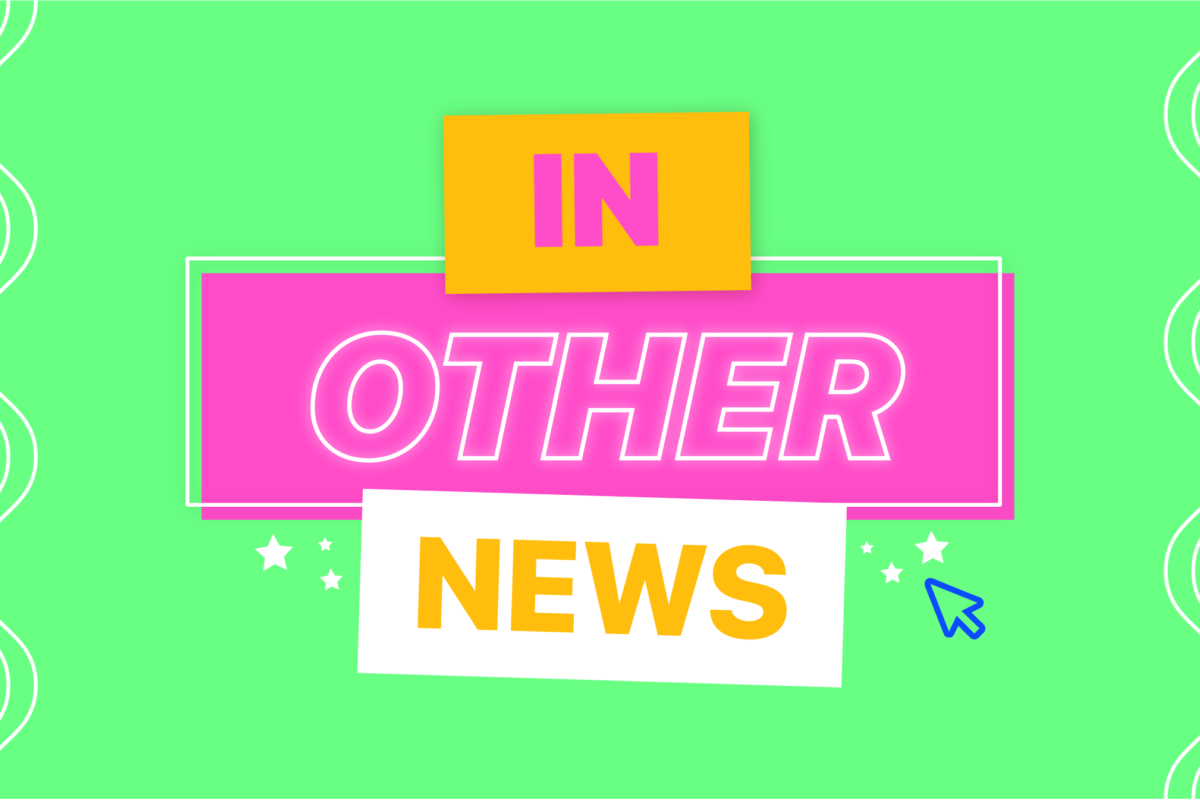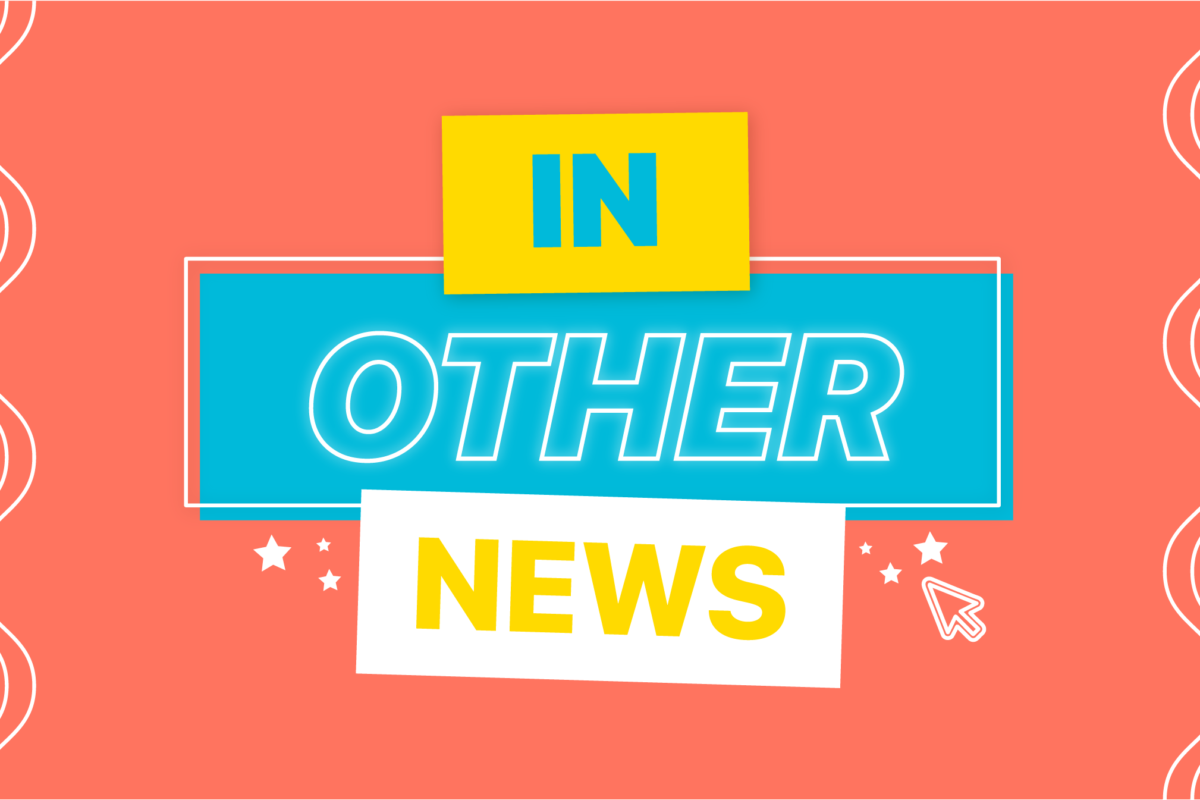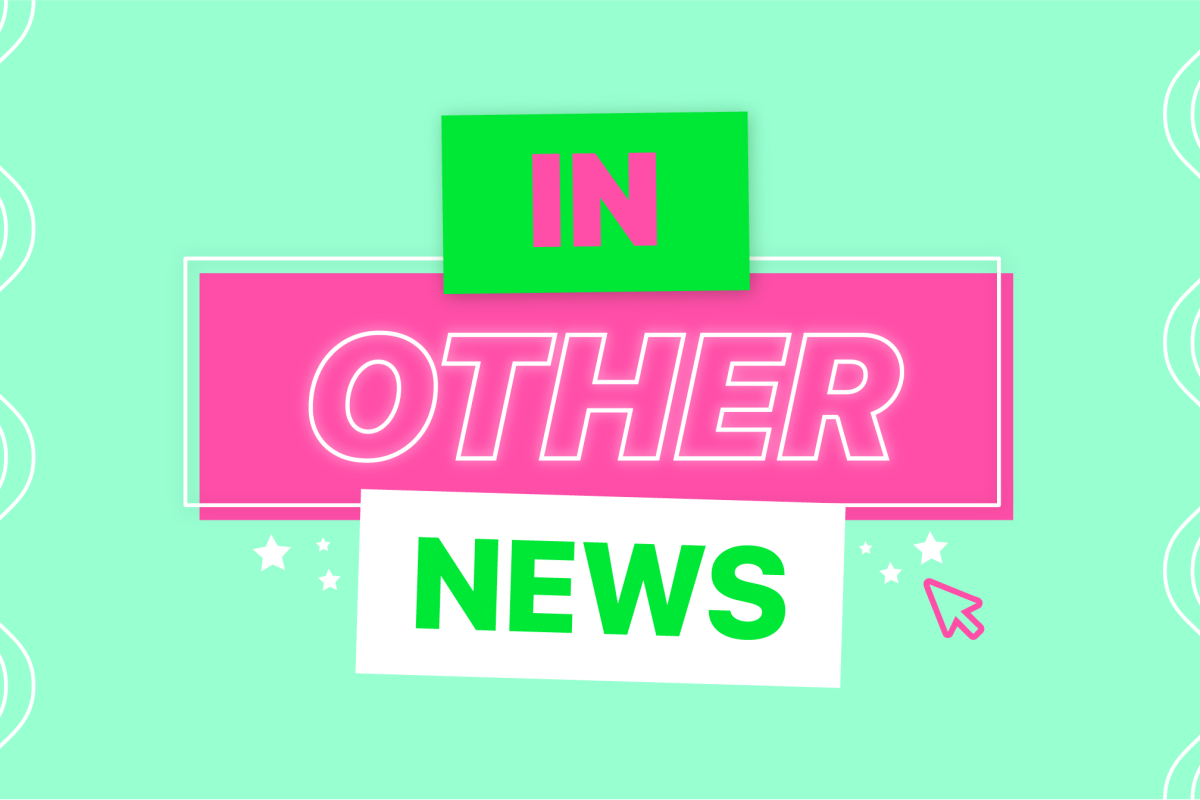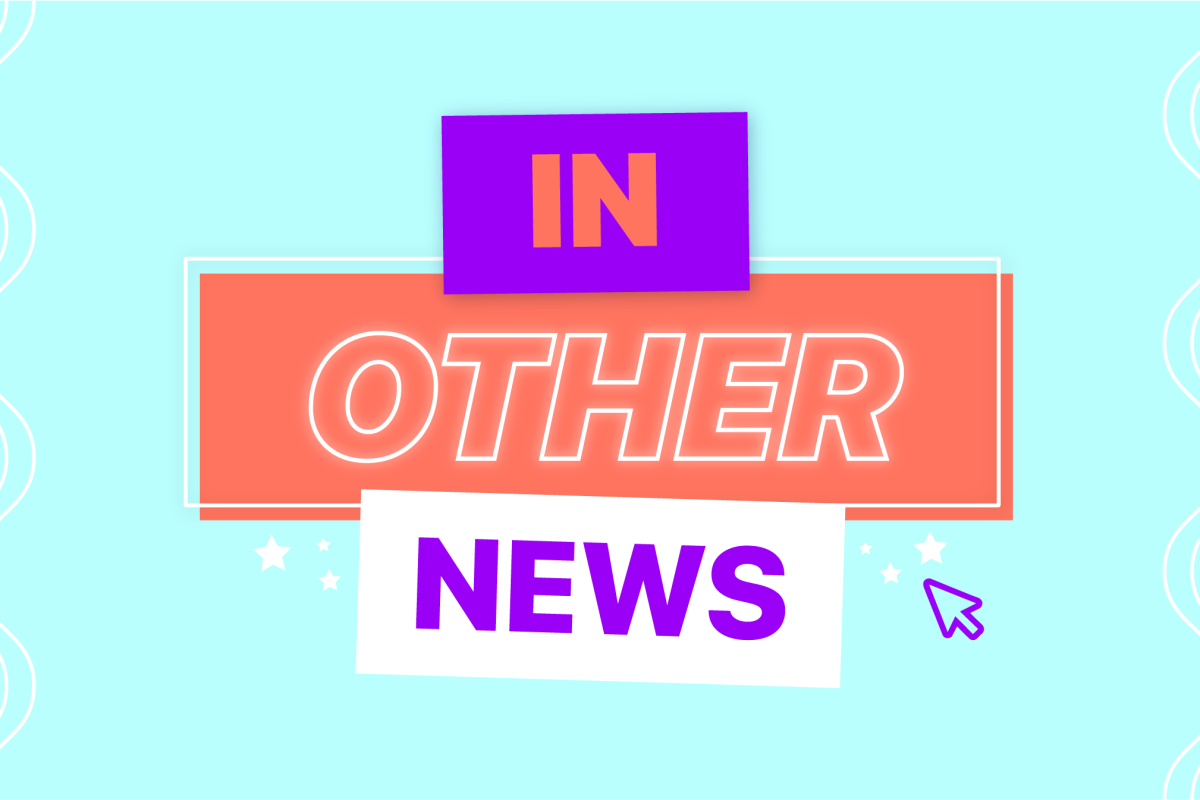Musk’s team requests more data from Twitter
In the ongoing saga of Elon Musk’s Twitter takeover, the major sticking point for the perfectly safe car manufacturing giant has been a supposed lack of transparency about bot activity on the app.
Twitter initially claimed that bots/fake accounts only make up ~5% of their active user base (that’s 16.5 million bots month on month, which makes Terminator 2 look fairly tame – there were only 2 in that).
Musk fired back, filing a statement with the SEC that the deal would not go forward if this number wasn’t backed up with data provided by Twitter.
Twitter answered with data on users’ tweets and device activity, which was cold comfort to the 51 year old, who tweeted this. Musk also requested that Twitter provide real-time API data, including info on tweet text and images, data on retweets, replies, and quote Tweets, data on tweet author, mentioned users, tagged locations, hashtags etc alongside date, time, location, device info.
Cynical minds would say this is just an ongoing attempt to get the deal to fall through by making more and more ridiculous requests in the guise of due diligence. Not me though!
Twitter tests “Twitter Write” for long-form content
In order to keep lengthy blog-like content natively on the platform, Twitter is introducing Twitter Write, which will include a header, unique URL and a 2500 word limit. The new feature is another nail in the coffin of the oft-suggested edit feature, which honestly seems like Twitter’s just ignoring out of stubbornness.
Twitter Write will be available to select users in the US before going global… Unless Twitter realises that brevity is its USP, then maybe not.
Instagram tests “video selfies” to reduce underage user base
Instagram has long been blighted by underage users registering by falsifying their date of birth, and Meta has long been blighted by governments and charities suggesting that they’re failing child protection obligations by failing to address this security hole.
In order to curb this, from July onwards (in the US) the app will require ID verification, a “video selfie”, which gets 3 adult users to verify their age. Alternatively, younger users can stand on each other’s shoulders and wear a big long trench coat before signing up.
Maybe not the last one.
Make sure to follow @pfm_agency to stay up to date with all things social!
